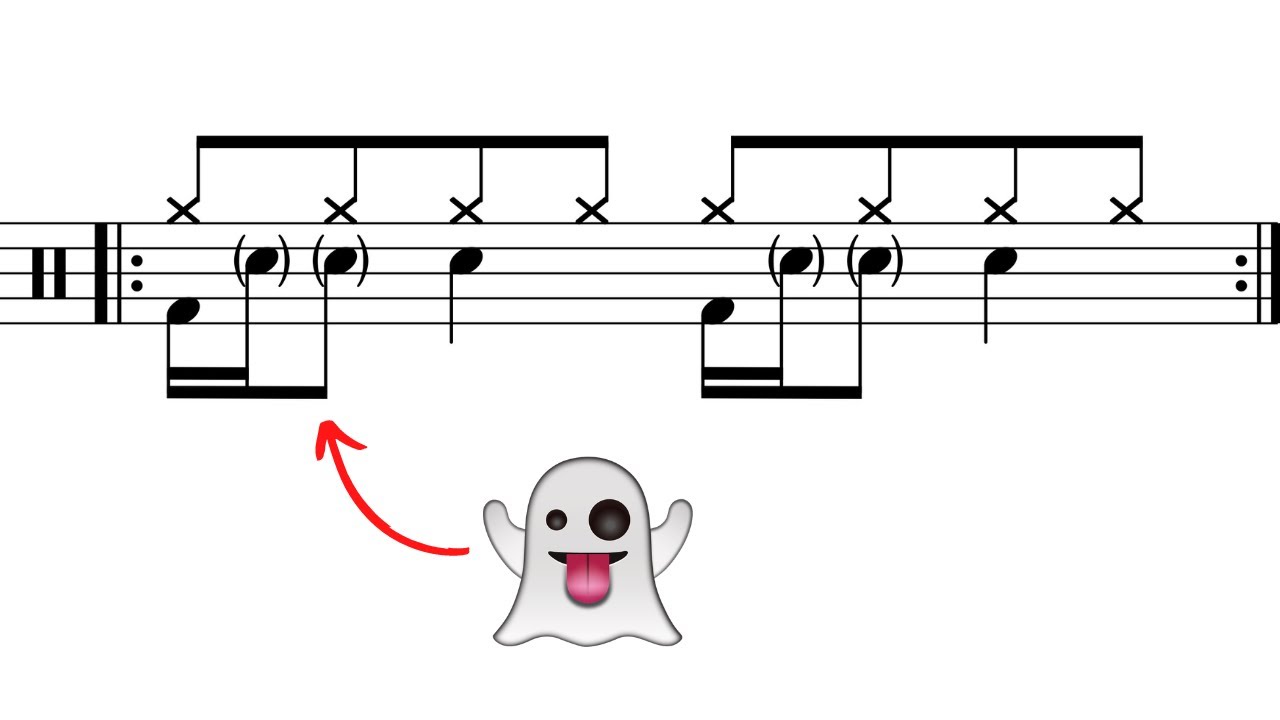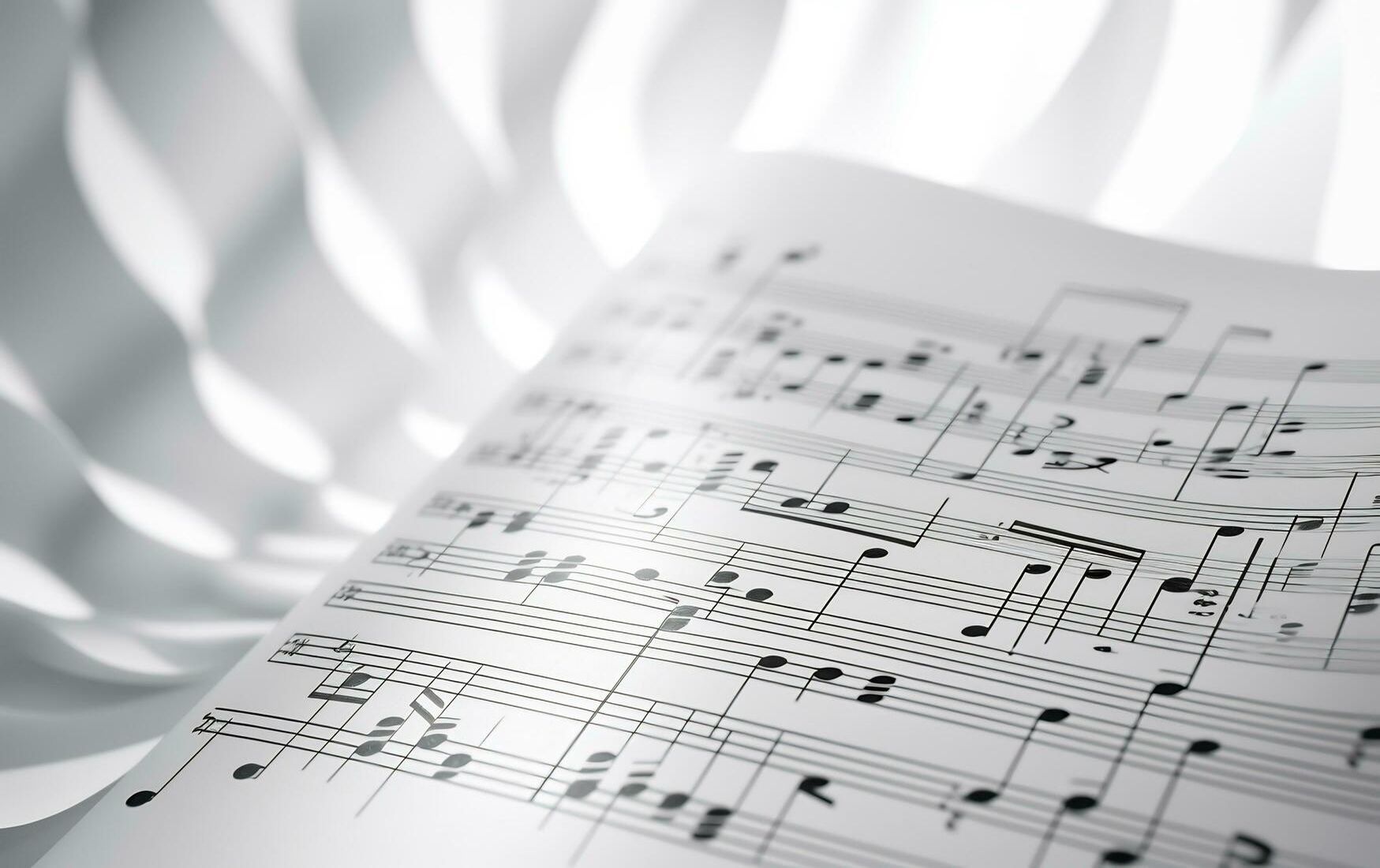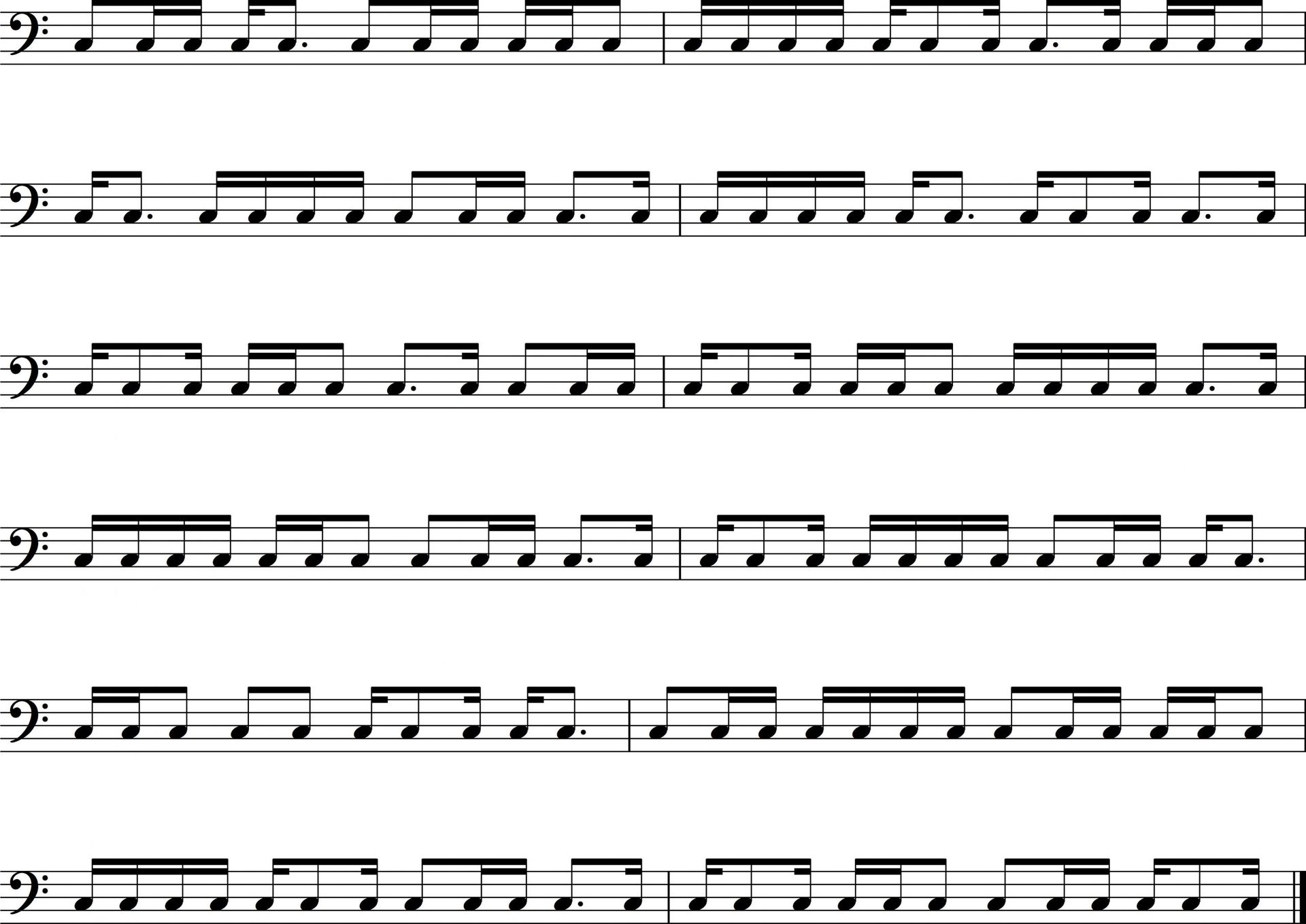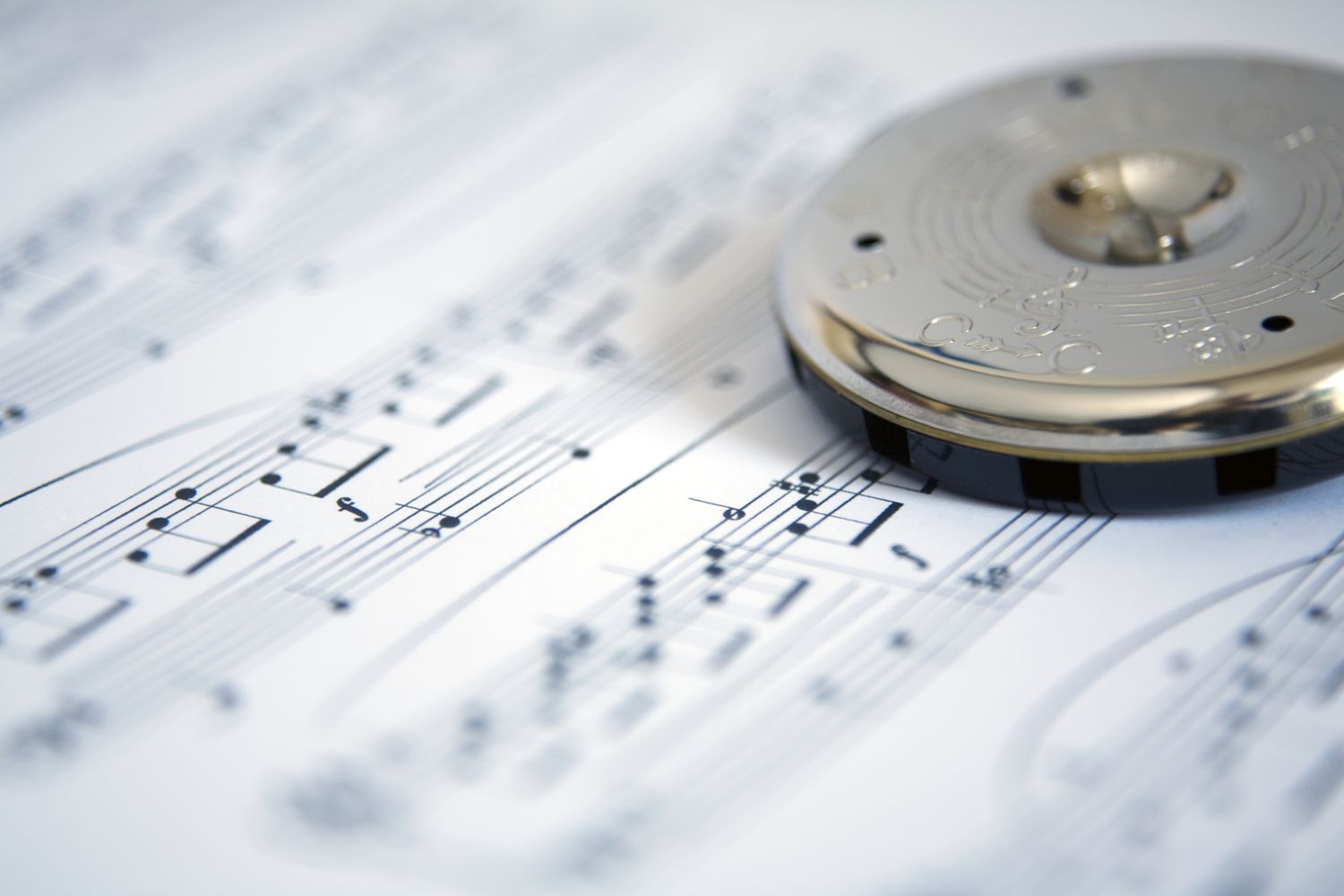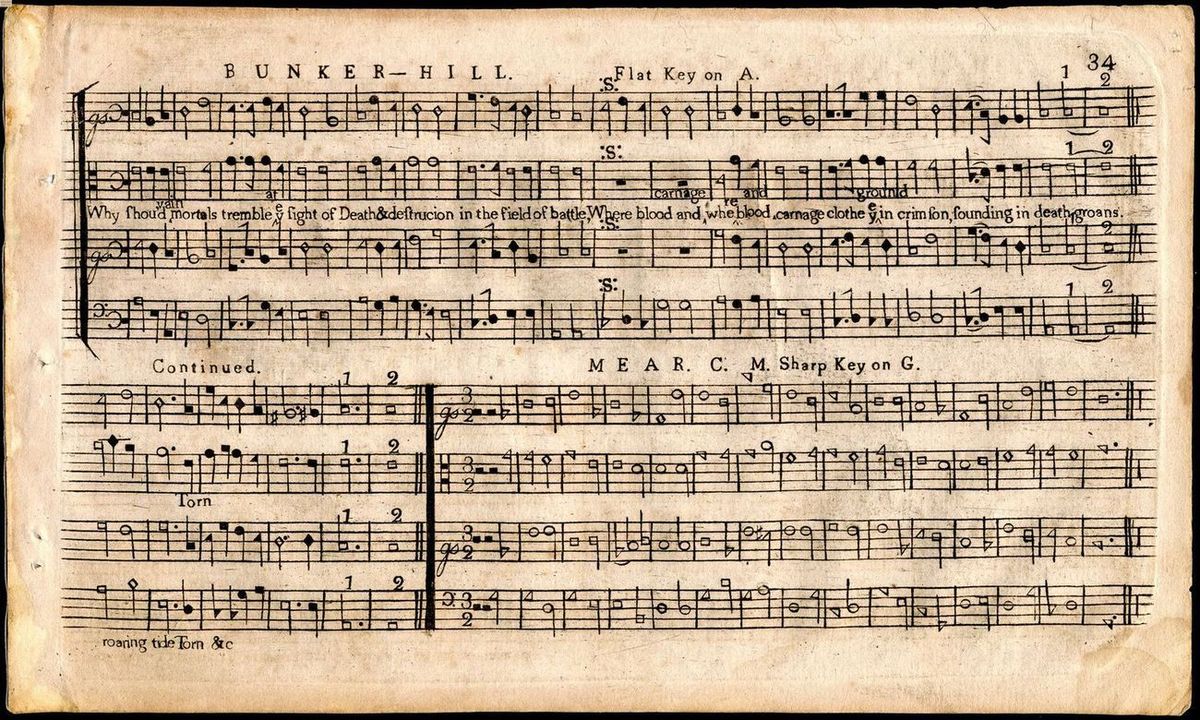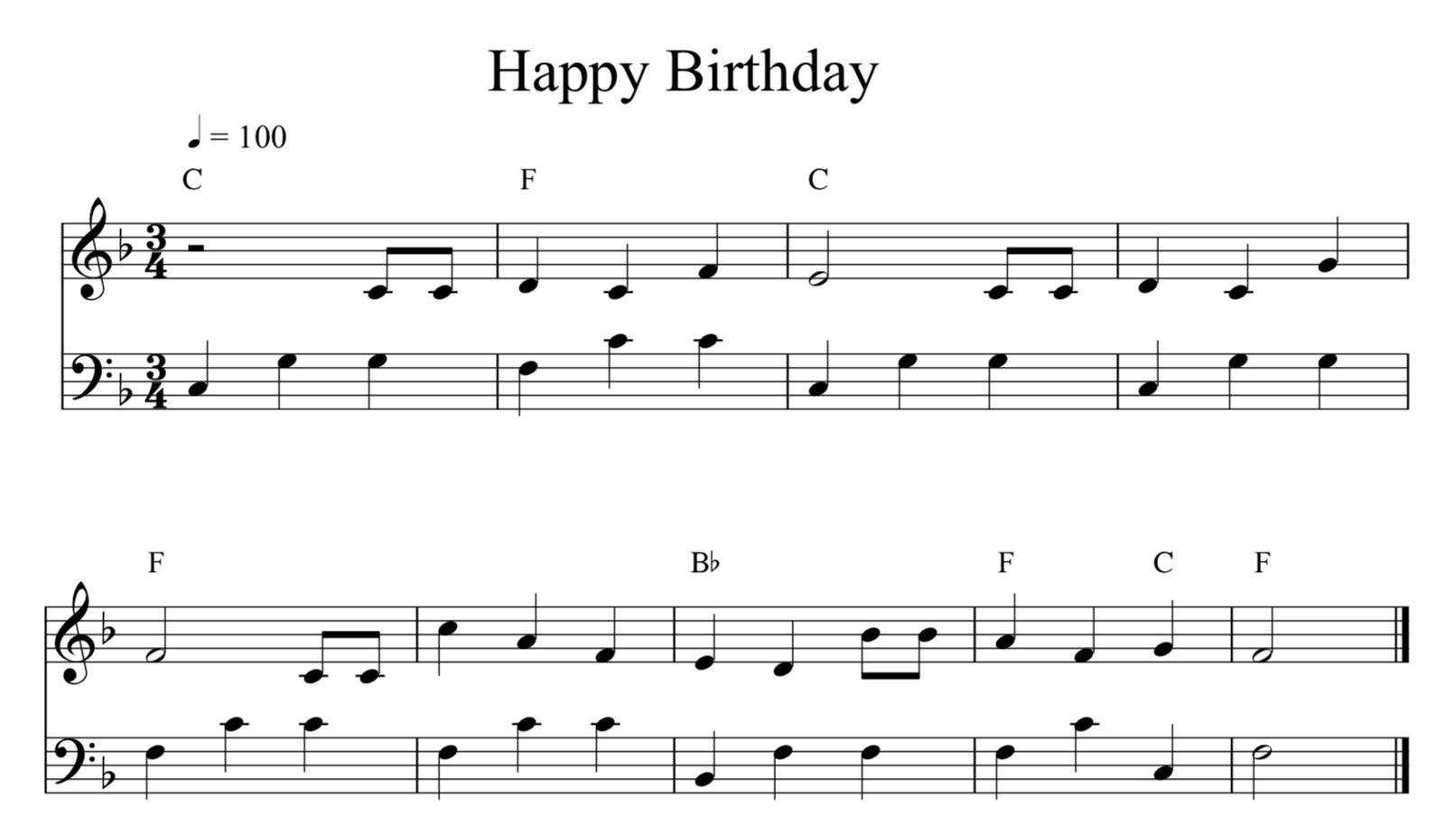Home>Events & Info>Note>What Is The Dot After A Music Note
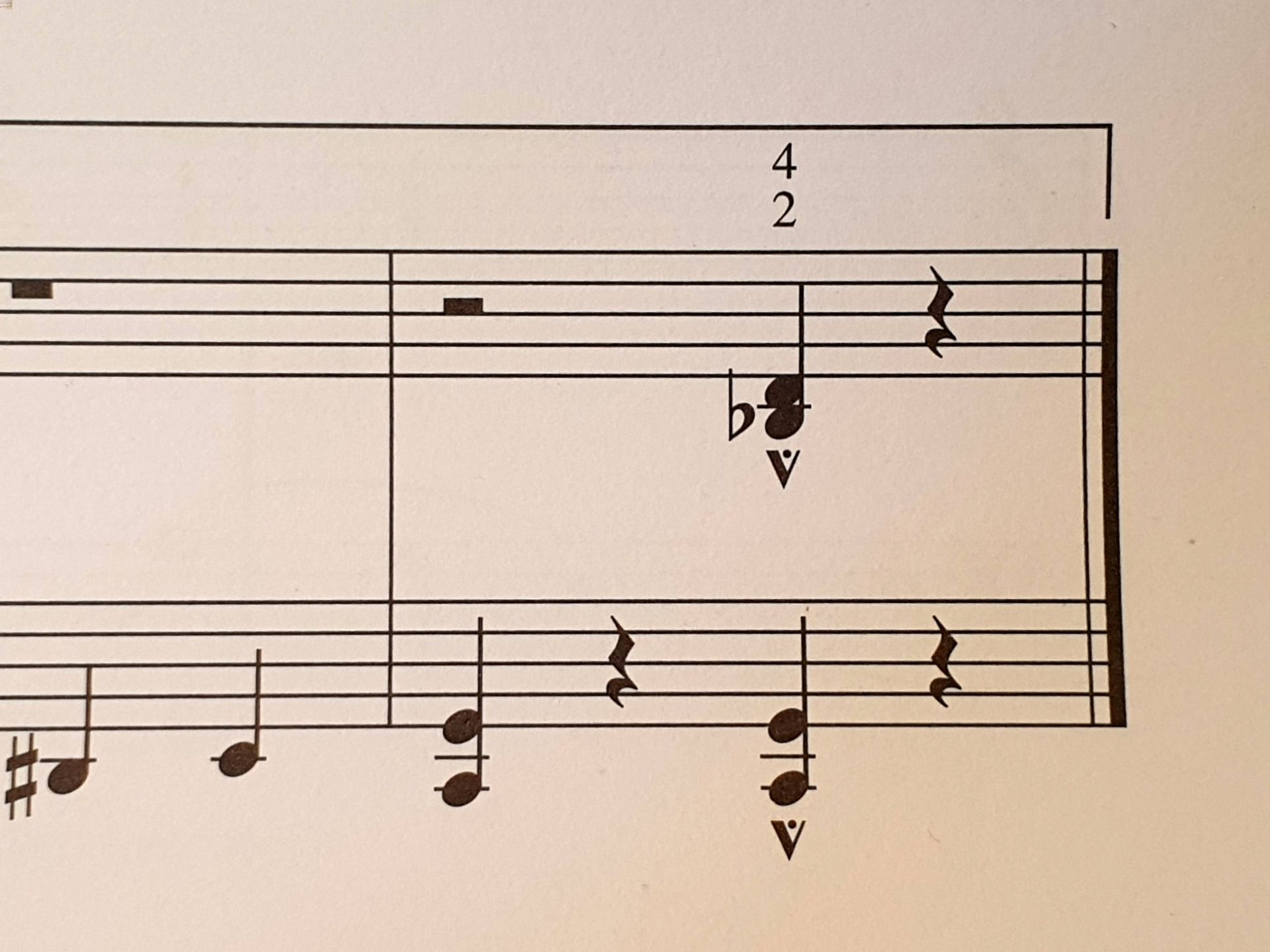

Note
What Is The Dot After A Music Note
Modified: January 22, 2024
Discover the significance of the dot after a music note and its impact on rhythm and duration. Explore the role of the dot in note values and musical notation.
(Many of the links in this article redirect to a specific reviewed product. Your purchase of these products through affiliate links helps to generate commission for AudioLover.com, at no extra cost. Learn more)
Table of Contents
- Introduction
- Definition of a Dot After a Music Note
- History and Evolution of the Dot After a Music Note
- Purpose and Function of the Dot After a Music Note
- Notation and Placement of the Dot After a Music Note
- Variations and Interpretations of the Dot After a Music Note
- Common Misconceptions about the Dot After a Music Note
- Conclusion
Introduction
Music is a universal language that speaks to our souls and captivates our senses. Whether it’s the melody of a beautiful symphony or the rhythmic beats of a catchy tune, music has the power to move and inspire us. As we listen to a piece of music, we may notice various symbols and notations on the sheet music that guide the musician in playing the right notes at the right time. One such symbol is the dot after a music note.
The dot after a music note may seem like a small and insignificant detail, but it carries significant meaning and plays a crucial role in musical notation. It has been used by composers and musicians for centuries to convey specific instructions and modify the duration of a note.
In this article, we will explore the fascinating world of the dot after a music note. We will delve into its history, purpose, placement, variations, and common misconceptions. By the end, you’ll have a deeper appreciation for this tiny dot that holds immense significance in the language of music.
Definition of a Dot After a Music Note
Before we dive into the intricacies of the dot after a music note, let’s establish a clear understanding of what it actually is. In musical notation, the dot is a small symbol that is placed after a note to modify its duration. It is positioned on the right side of the note, slightly above the staff.
The dot alters the value of the note it is attached to, extending its duration by half of its original value. In other words, if a note without a dot is considered a certain length, adding a dot after the note increases its length by half of that value. This is known as dotting the note.
For example, if a quarter note without a dot is played for one beat, a quarter note with a dot would be played for one and a half beats. Similarly, a half note without a dot is played for two beats, while a half note with a dot is played for three beats. The dot has the power to subtly alter the rhythmic structure of a piece and create musical tension or release.
It is important to note that the dot only affects the duration of the note it is immediately after. If there are multiple notes in a row with dots after them, each dot modifies the duration of the note it follows individually.
The dot after a music note is a versatile tool that allows composers and musicians to add nuance and variety to their compositions. By mastering the understanding of how the dot alters note values, musicians can accurately interpret the intended rhythm and convey the composer’s musical vision.
History and Evolution of the Dot After a Music Note
The use of dots after music notes dates back centuries and has evolved over time. The earliest evidence of dotted notes can be traced as far back as the 13th century in Western music notation. However, the concept of rhythmic alteration through dots has been found in earlier musical traditions as well.
In medieval music, a single dot placed above a note indicated a shortening of its value. This was known as a “punctus additionis” and was used to create rhythmic variety and ornamentation. However, the dot did not have a specific mathematical value and was more of a visual cue for the performer to adjust the duration of the note.
During the Renaissance period, music notation became more standardized, and the use of dots after notes emerged as a more precise method of altering note values. Composers like Johann Sebastian Bach and George Frideric Handel were known to make use of dotted notes in their compositions, adding a sense of rhythmic complexity and interest.
As music notation continued to develop, the dot after a music note became a more integral part of rhythmic notation. Composers began to establish specific rules and guidelines for the duration of dotted notes, bringing further clarity to their usage. In the 18th and 19th centuries, composers such as Ludwig van Beethoven and Wolfgang Amadeus Mozart expanded the possibilities of dotted notes in their works, experimenting with syncopation and rhythmic tension.
With the advent of modern music notation systems, the use and interpretation of dotted notes have become even more precise and standardized. Today, the dot after a music note follows specific mathematical principles, with each dot extending the note’s duration by half of its original value.
As music styles and genres continue to evolve, composers and musicians still find innovative ways to utilize dotted notes and incorporate them into their compositions. Whether it’s in classical music, jazz, pop, or any other genre, the dot after a music note remains a fundamental tool for creating rhythmic interest and expression.
Purpose and Function of the Dot After a Music Note
The dot after a music note serves a vital purpose in musical notation, providing essential information to performers about the duration and rhythmic structure of a piece. It functions as a tool for composers to convey specific instructions and guide the interpretation of their music.
One of the primary functions of the dot is to extend the duration of a note. By adding a dot after a note, its length is increased by half of its original value. This allows composers to create rhythmic variations and add complexity to their compositions. The dot can transform a simple and straightforward rhythm into a more nuanced and dynamic one.
The dot after a music note also plays a crucial role in establishing the feel and flow of a piece. It can introduce syncopation, emphasizing off-beat rhythms and adding a sense of unexpected accents. By strategically placing dots after certain notes, composers can create tension and resolution, shaping the emotional impact of the music.
In addition to altering note durations, the dot can also affect the overall phrasing and articulation of a piece. It can indicate a slight separation or detachment between notes, subtly shaping the musical interpretation. The placement of the dot after a note can influence how performers approach the articulation, whether it requires a smooth and connected sound or a more distinct and separated sound.
Furthermore, the function of the dot may vary depending on the time signature of a composition. In compound time signatures, such as 6/8 or 9/8, dotted notes are commonly used to maintain the underlying rhythmic pulse. The dot ensures that the emphasis remains on the primary beats while still allowing for rhythmic complexity within a measure.
Overall, the purpose and function of the dot after a music note are to provide important rhythmic and interpretive instructions to performers. It allows composers to shape the rhythm, phrasing, and emotional expression of their compositions, while also providing performers with the guidance they need to accurately convey the intended musical ideas.
Notation and Placement of the Dot After a Music Note
The notation and placement of the dot after a music note follow specific conventions in order to ensure clear communication between composers and performers. Understanding these notational rules is essential for accurately interpreting and performing a piece of music.
Traditionally, the dot is placed on the right side of a notehead, slightly above the staff. This consistent placement allows performers to easily identify and recognize the presence of a dotted note. The dot is positioned close enough to the notehead to indicate that it belongs to that specific note, but far enough to avoid any confusion with other symbols or markings.
The dot after a music note can be found in various types of notes, including whole notes, half notes, quarter notes, eighth notes, and beyond. In each case, the dot modifies the duration of the note it follows. For example, a dotted half note lasts for three beats, while a dotted eighth note lasts for three-quarters of a beat.
When multiple dots appear after a note, each dot further extends the note’s duration by half of its original value. For instance, a note with two dots would have its length increased by three-quarters of its original value.
It’s important to note that the dot does not affect the pitch of the note; it only modifies the duration. The pitch of a note is determined solely by its placement on the staff and any additional notations, such as accidentals or key signatures.
In musical notation, the dot is notated as a small, filled-in circle. It stands out visually against the line or space where the note is located, making it easily distinguishable from other symbols or markings on the sheet music.
Additionally, it’s worth mentioning that the notation of the dot may vary slightly depending on the type of music notation system being used. While the Western classical music notation system is the most widely recognized and used, other musical traditions or contemporary notations may have their own unique representations of dotted notes. Nevertheless, the fundamental concept of dotting the note to modify its duration remains consistent across different notation systems.
By following these standard notational conventions, composers can effectively convey their desired rhythmic structure, and performers can accurately interpret and bring the music to life.
Variations and Interpretations of the Dot After a Music Note
While the dot after a music note generally has a standardized function of modifying note duration, there are variations and interpretations of its usage that can arise in different musical contexts.
One variation is the use of multiple dots after a note. While a single dot extends the duration of a note by half of its original value, each subsequent dot adds half of the previous dot’s value. For example, a note with two dots would have its length increased by three-quarters of its original value. This allows composers to create even more intricate rhythmic patterns and subdivisions within a piece.
Another variation is known as a dotted rhythm or syncopation, where the dot is placed on a shorter note value instead of a longer one. This creates an accentuated off-beat effect by emphasizing the syncopated note and giving the music a distinctive rhythmic feel. Dotted rhythms are commonly used in various genres such as jazz, blues, and Latin music to add rhythmic complexity and drive.
Interpretation of the dot after a music note can also vary depending on the style and period of the composition. In earlier music, performers had more freedom in their interpretation of dotted notes, as precise mathematical values were not always specified. This allowed for individual expression and ornamentation. However, as music notation became more standardized, performers began to adhere more strictly to the notated values.
Additionally, different music traditions and cultural influences can introduce unique interpretations of dotted notes. For instance, Indian classical music employs a concept known as “tihai,” where a rhythmic pattern is repeated three times, often with the final note being dotted to create an exciting ending. This showcases how cultural practices and traditions shape the interpretation of dotted notes.
Furthermore, the musical context and the composer’s intention play a significant role in the interpretation of dotted notes. The tempo, dynamics, and overall style of the piece can influence how the dot is performed. A performer’s choice of articulation and emphasis can also shape the interpretation of the dot, making the note stand out or smoothly blending it with the surrounding notes.
Ultimately, the variations and interpretations of the dot after a music note offer musicians an opportunity for creativity and personal expression within the framework of the composition. It allows for different rhythmic nuances and stylistic interpretations, adding depth and character to the performance.
Common Misconceptions about the Dot After a Music Note
Despite its widespread usage and importance in musical notation, the dot after a music note is not immune to misconceptions and misunderstandings. Let’s address some of the common misconceptions surrounding the dot and clarify any confusion.
One misconception is that the dot changes the pitch of the note. This is not true. The dot only affects the duration of the note, not its pitch. So, whether a note is dotted or not, its pitch remains the same, determined by its position on the staff and any other notations such as accidentals.
Another misconception is that the dot after a note doubles its duration. While it’s true that adding a dot increases the length of a note, the increase is specifically by half of the note’s original duration, not double. This is important to understand in order to accurately perform the rhythm of a piece.
Some may also mistakenly believe that the dot after a note indicates a pause or silence. However, the dot does not represent silence. It simply modifies the duration of the note it follows. Rests, on the other hand, are used to indicate moments of silence in music.
There is also a misconception around the dot indicating a staccato articulation or detachment from the preceding note. While it is true that a dot can imply a slight separation between notes, it does not necessarily denote a staccato articulation. The exact interpretation of how a dotted note should be played in terms of articulation and connection should be guided by additional markings or the composer’s intent.
Lastly, some may wrongly assume that the dot after a note has the same duration value as the note itself. However, the dot always adds half of the original value of the note. For example, a dotted quarter note is not equal to a half note, but rather three-eighths of a whole note.
It’s important for musicians and music enthusiasts to have a clear understanding of the dot after a music note to accurately perform and interpret musical compositions. By dispelling these misconceptions, we can approach the dot with clarity and properly appreciate its role in conveying rhythm and musical expression.
Conclusion
The dot after a music note may appear as a small symbol, but its significance in musical notation is substantial. It serves as a powerful tool for composers to modify the duration of notes and shape the rhythmic structure of their compositions. By adding dots to notes, composers can create variations, syncopation, and subtle nuances that enhance the musical experience.
Throughout history, the dot after a music note has evolved and developed, becoming more standardized and precise. It has found its place in various musical traditions and genres, adapting to the changing musical landscape. Composers and musicians have explored different interpretations and variations of the dot, pushing the boundaries of rhythm and expression.
It is crucial to understand the proper notation and placement of the dot after a music note to accurately interpret and perform a piece. Clear communication between composers and performers is essential to ensure the intended rhythmic structure and musical ideas are conveyed effectively.
By debunking common misconceptions surrounding the dot, we can appreciate its true function and avoid confusion. The dot does not change the pitch of a note, double its duration, represent silence, or necessarily imply a staccato articulation. Understanding these distinctions allows for more informed musical interpretation and expression.
In conclusion, the dot after a music note is a vital component of musical notation that significantly impacts the rhythm, phrasing, and overall expression of a composition. It has stood the test of time, evolving with musical traditions and inspiring countless composers and performers. Whether in classical music, jazz, pop, or any other genre, the dot after a music note continues to enrich our musical experiences and deepen our appreciation for the language of music.

